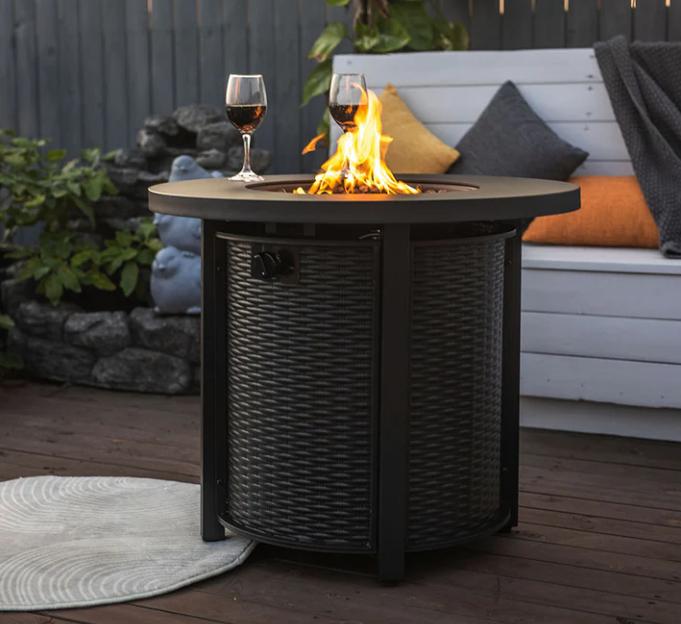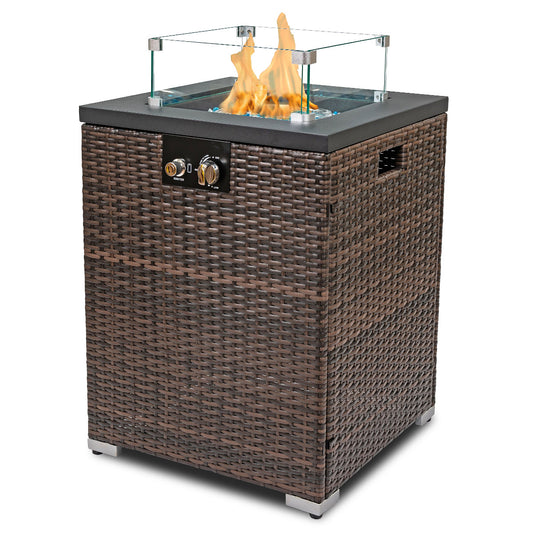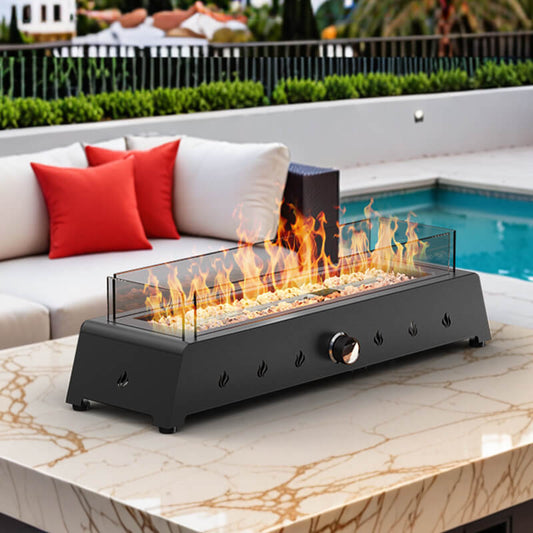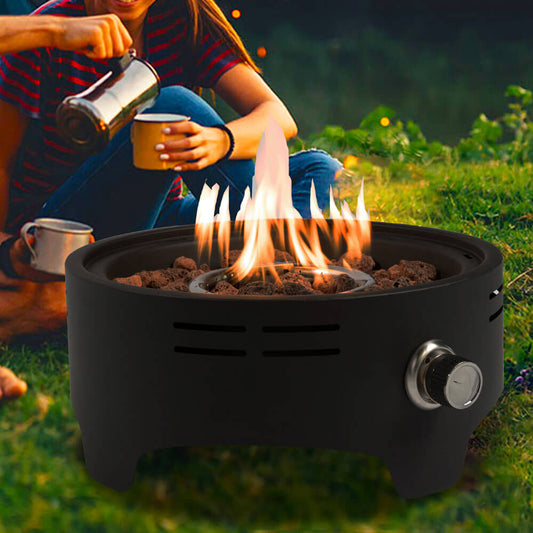The Importance of Ventilation for DIY Gas Fire Pits: A Comprehensive Guide
When designing and constructing a gas fire pit, proper ventilation is not just a recommendation—it is a critical requirement for ensuring safety and optimal performance. A minimum of 20 square inches of ventilation is essential for the safe operation of a gas fire pit. The placement of these vents, however, varies depending on the type of gas used: propane or natural gas. This article delves into the necessity of ventilation, the differences between propane and natural gas systems, and key safety considerations for your DIY gas fire pit project.
Why Proper Ventilation is Essential
1. Safety
Gas fire pits, whether fueled by propane or natural gas, provide a convenient and aesthetically pleasing way to enjoy an outdoor fire. However, improper ventilation can lead to the accumulation of gas, creating a hazardous environment. Without adequate airflow, gas buildup can result in fire, explosions, or carbon monoxide poisoning, posing significant risks to both personal safety and property.
2. Moisture Control
Outdoor fire pits are exposed to environmental elements such as rain and humidity, which can lead to moisture accumulation within the structure. Proper ventilation allows air to circulate, preventing the growth of mold and mildew, which can compromise the integrity of the fire pit over time.
3. Heat Management
Gas fire pits generate substantial heat, and without proper ventilation, this heat can build up within the structure, potentially causing overheating. Adequate airflow helps dissipate excess heat, ensuring the fire pit operates efficiently and safely.
Propane vs. Natural Gas: Ventilation Requirements
The type of gas used in your fire pit significantly influences the design and placement of ventilation systems. Below, we explore the distinct characteristics of propane and natural gas and their respective ventilation needs.
Propane Fire Pits
Propane is a popular choice for fire pits due to its portability and widespread availability. However, it is heavier than air and requires specific ventilation strategies to ensure safety.

Properties of Propane
Propane is denser than air, causing it to settle at the bottom of the fire pit if not properly vented. This characteristic makes low-placed vents critical for propane systems. Additionally, propane has a lower ignition temperature and is more flammable than natural gas, meaning even small accumulations can pose a significant risk.
Ventilation Requirements
According to the National Fireplace Institute (NFI), propane fire pits require a minimum of 20 square inches of ventilation for tanks up to 20 pounds. Ventilation openings should be positioned low on the structure, ideally within 1 inch of the bottom, to allow the heavier propane gas to escape. Cross-ventilation is recommended, with vents placed on opposite sides of the structure to promote airflow.
1).Example Configuration: A 5” x 4” rectangular vent insert meets the 20-square-inch requirement.
2).Placement: The lower edge of the vent should be no more than 1 inch from the bottom, while the upper edge should not exceed 5 inches above the floor level.
Safety Measures
1). Ensure the fire pit is placed in a well-ventilated outdoor area.
2). Turn off the propane tank when the fire pit is not in use to prevent gas buildup.
3). Regularly inspect the system for leaks or damage.
Natural Gas Fire Pits
Natural gas is lighter than air and is supplied via a pipeline, making it a convenient option for permanent fire features. However, its installation requires professional expertise.

Properties of Natural Gas
Unlike propane, natural gas rises and disperses into the atmosphere. This characteristic necessitates the placement of ventilation openings higher on the fire pit structure.
Ventilation Requirements
Ventilation for natural gas fire pits should be positioned near the top of the structure to allow the lighter gas to escape. Consult the manufacturer’s guidelines for specific vent placement and sizing, as requirements may vary between models.
Safety Measures
1).Hire a licensed gas installer to handle connections and ensure compliance with local regulations.
2).Turn off the gas supply at the outdoor source at the end of the season.
3).Regularly inspect the system for leaks or malfunctions.
Additional Safety Tips for Gas Fire Pits
1). Always operate gas fire pits outdoors in well-ventilated areas.
2). If you detect a gas odor, immediately turn off the fire pit and contact a certified gas specialist.
3). For propane systems, store tanks in a secure, upright position and ensure they are properly connected.
4). For natural gas systems, ensure the fire pit is installed at a safe distance from structures and flammable materials.
Conclusion
Proper ventilation is a non-negotiable aspect of designing and constructing a gas fire pit. Whether you choose propane or natural gas, understanding the unique properties of each fuel type and adhering to safety guidelines will ensure a safe and enjoyable outdoor fire feature. By prioritizing ventilation, moisture control, and heat management, you can create a durable and efficient fire pit that enhances your outdoor living space while minimizing risks. Always consult professionals when in doubt, and follow manufacturer recommendations to achieve the best results. With careful planning and execution, your DIY gas fire pit project can provide years of warmth and ambiance.

















